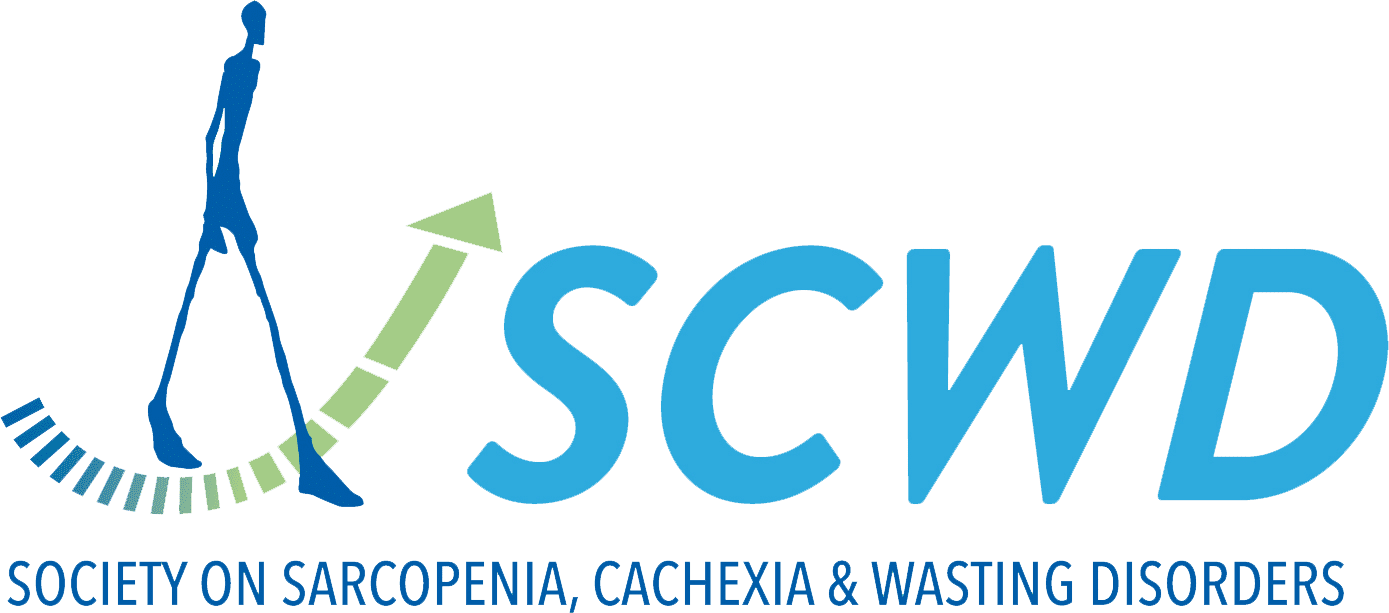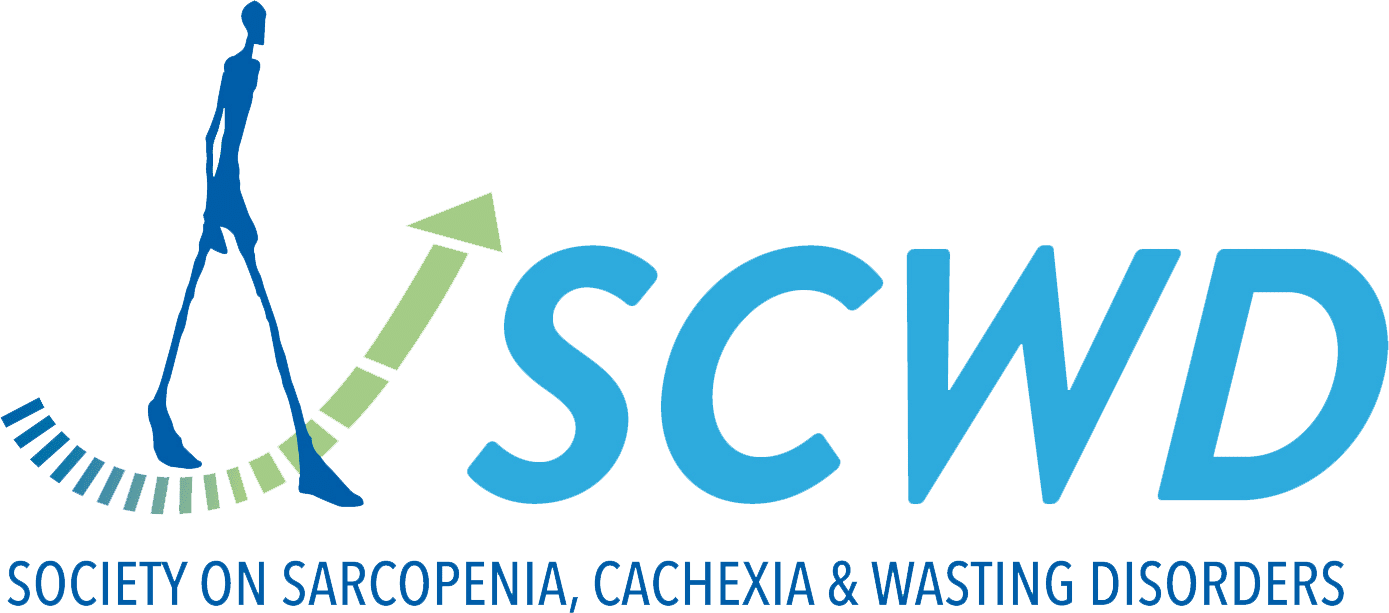GDF15 and muscle function in cancer cachexia: a review
Article: GDF15 neutralization restores muscle function and physical performance in a mouse model of cancer cachexia
In this study, TOV21G cancer cachexia mouse models were used to demonstrate impaired muscle function and performance which is seen in cachexia patients. With growth differentiation factor 15, GDF15, neutralization, the mice were seen to exhibit restored muscle function and performance. GDF15 is a stress-responsive cytokine which is secreted by many cells, including tumour cells and damaged cells. GDF15 functions by activating glial cell line-derived neurotrophic factor, GDNF, receptor GFRAL. This is expressed in the hindbrain and leads to reducing food intake and weight loss. This is relevant to cachexia patients, and patients with chronic diseases such as heart failure, as their GDF15 levels are significantly higher than that of healthy people. In this study, the mice were treated with mAB2, an anti-GDF15 antibody. They demonstrated weight gain in terms of fat mass and lean mass, improved muscle function and physical performance. Hence, it is thought that GDF15-related therapy may be effective for patients with cachexia. However, symptoms of cachexia such as fatigue do not appear to be related to GDF15 levels, so further exploration is necessary.
This review by Kim-Muller JY et al. aimed to explore how GDF15 levels are related to weight loss and highlight how GDF15 neutralization could be an option for treating cachexia.
Key learnings
As demonstrated by mice models, GDF15 levels appear to be related to cachexia symptoms and management. This could be explored as a plausible treatment for patients to improve muscle mass and body weight.
Reviewed by: Z. Beketova
Authors: Kim-Muller JY, Song L, LaCarubba Paulhus B et al.
Published in: Cells Rep 2023


